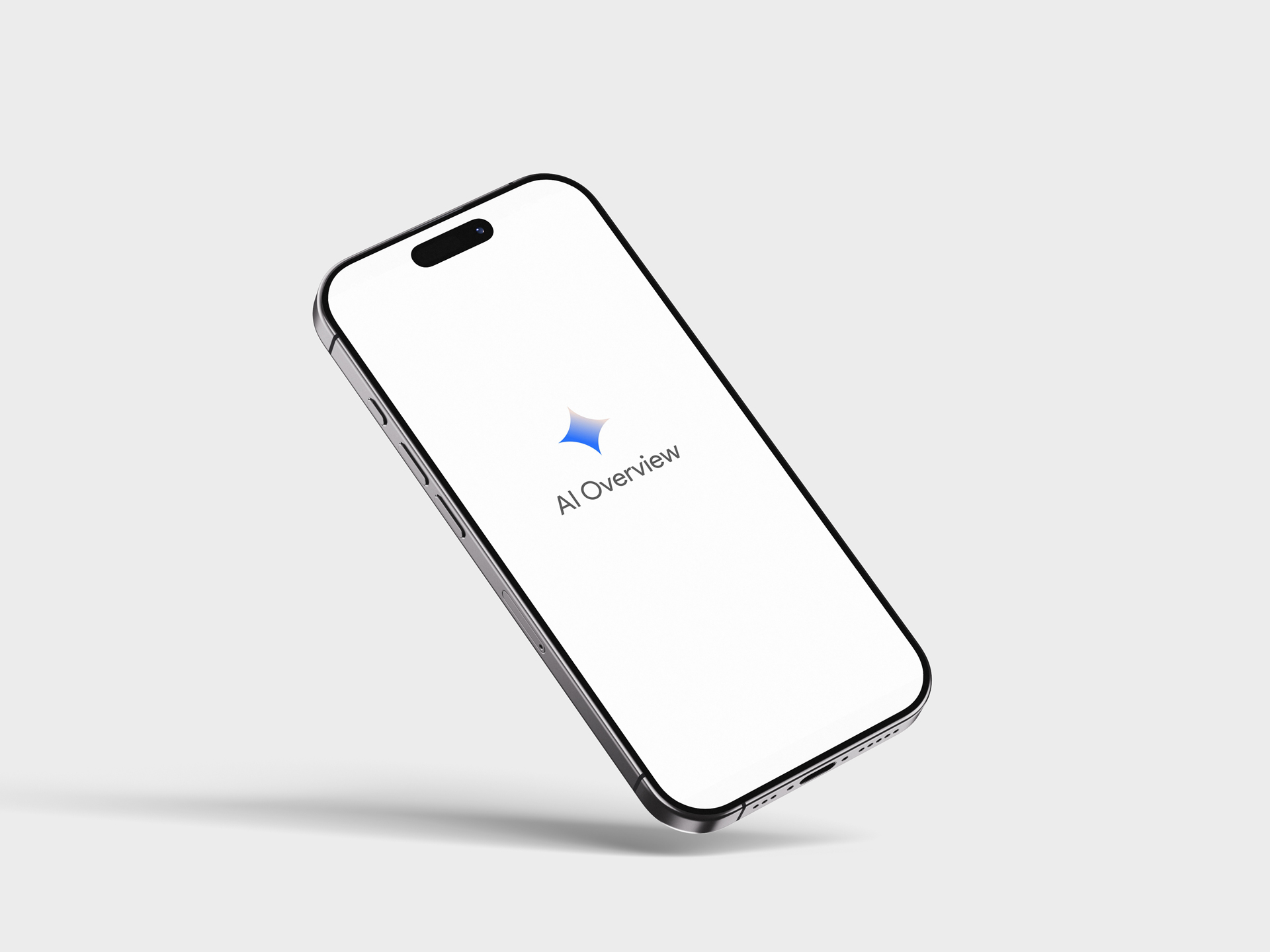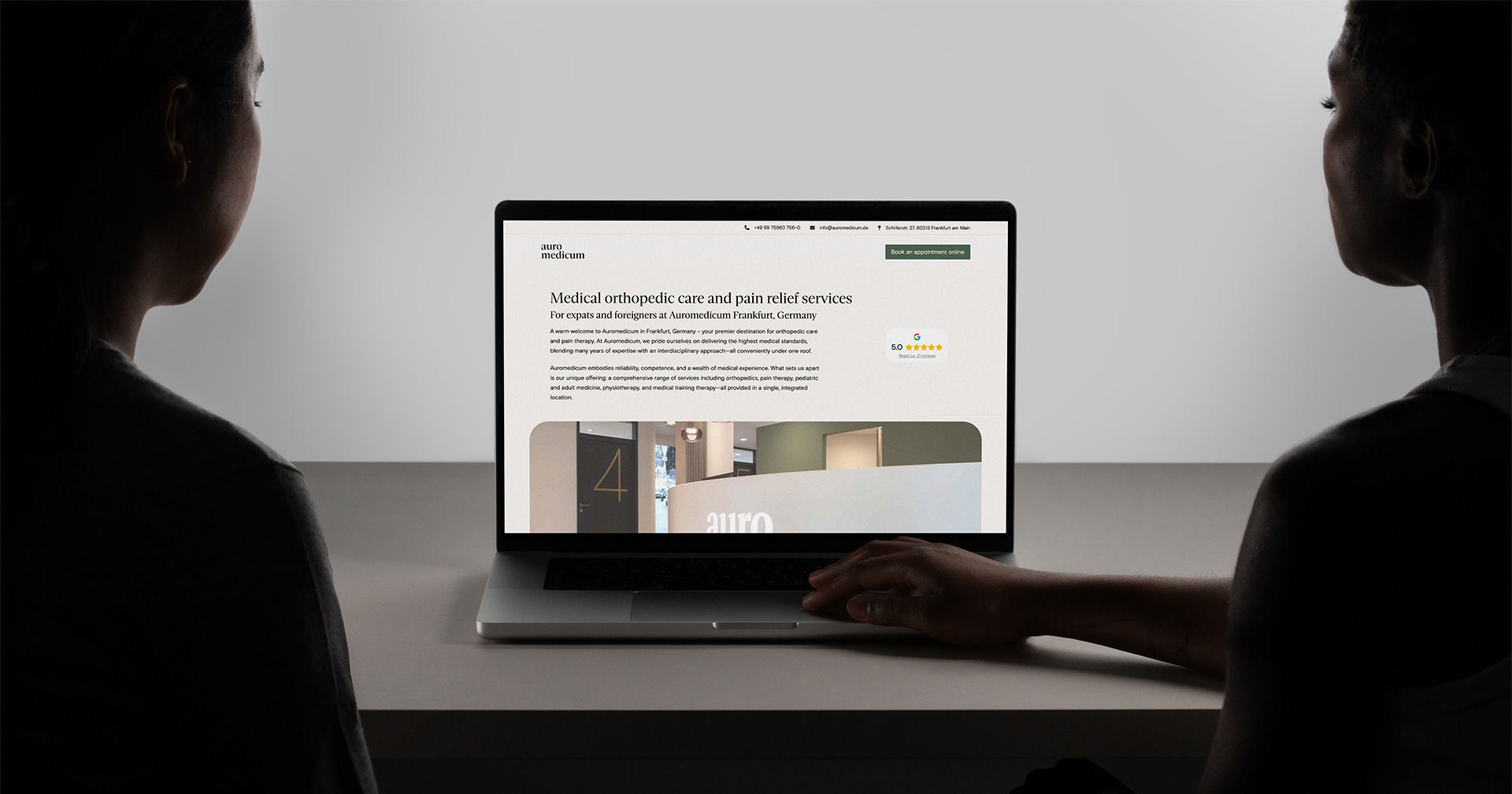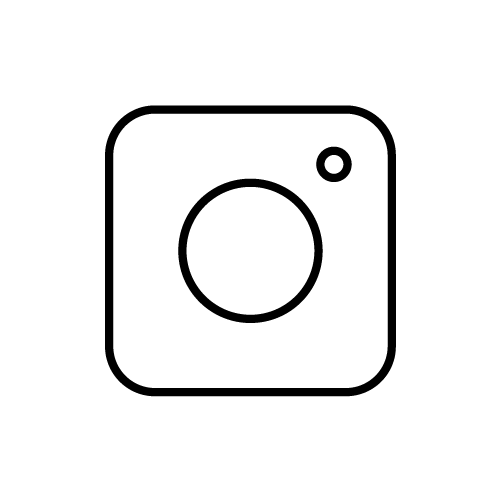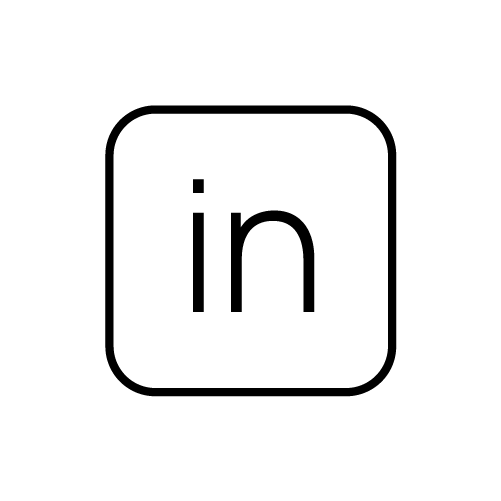How do you write the perfect blog article?

Written by
Published on
Last modified on
Katrin Kratz
August 1, 2024
November 25, 2024

In digital marketing, a well-written and designed blog article is more than just a collection of words - it's a powerful tool to reach, inform and inspire your target audience. But how do you create such an article?
In this guide, we show you step by step how to write an effective blog article. From brainstorming and structuring to the finishing touches - we provide you with valuable tips and tricks to captivate your readers and make your article visible.
The idea
Before you start: Take time to come up with your idea, as it forms the foundation of every blog article and should arouse the interest of your readers. Ideally, your idea should be innovative or at least offer a fresh perspective on a topic. This will help you stand out from other blogs, provide relevant content and avoid repeating what is already familiar. Through originality and uniqueness, you ensure that your blog offers real added value and appeals to your readers in the long term.
The heading
The headline is crucial for attracting readers to your website and encouraging them to read it. If it's not appealing enough, the rest of the article usually won't matter. For example, formulate your headline as a question to arouse the reader's natural curiosity (You see what we did here?). Also keep it short and integrate your focus keyword to maximize visibility in search engines. In the course of the post, you should repeatedly refer to the question in the headline to keep the reader's attention.
The introduction
The first sentence of your introduction should refer to the headline, the problem being addressed and your chosen focus keyword. Use the rest of the introduction to arouse the reader's curiosity. Give a preview of what they can expect in the rest of the article, what they can learn and how they will benefit from it.
The structure
The structure of an article forms the framework around which your topic revolves. Define important milestones or headings within the article in order to maintain an overview when writing and to control the development of the article. In this way, you avoid redundancy and ensure that the article is complete and well-structured. Conveniently, this also helps to improve the reading flow for your readers.
The research
If you have not already done so at this stage, you should devote yourself to intensive research now at the latest. At this stage, we always have numerous tabs open on various topics to help us structure the article and refresh our knowledge. If you get stuck while writing or encounter difficulties, you can quickly look up the most important information.
The bonus materials
To keep your readers interested, you should not limit yourself to text alone. Images, videos or GIFs that relate to your topic, illustrate contexts or lighten the mood can have just as positive an influence on the length of readers' stay as a well-developed structure. You can also link to other (your own) articles that deal with certain aspects of your post in more detail.
The end
Leave room for discussion. This means: do not exhaust the topic completely (when is that possible?) and ideally do not present a clear final solution (it usually depends on individual factors anyway) - unless the solution is the central point of your article. At the end of your article, formulate a question that makes your readers think and encourages them to look into the topic further.
The contribution picture
A good cover image makes a big difference. Alongside the headline, it is the first thing potential readers see of your post. It should therefore arouse curiosity without appearing exaggerated. Images that show people or faces are particularly effective. Make sure that the image matches the topic of your post and corresponds to your visual language. If you want to use licensed images, don't forget to observe the copyright.
The publication
Are you ready? Great! Read through your post several times to correct spelling, format and grammatical errors. When publishing on social platforms, also pay attention to the timing. Various tools and previously published articles can show you which days of the week and times of day your target group is most active. This can make the difference between 100 and 1,000 clicks.
Concluding thoughts
Of course, this is only a roughly abridged guide to your perfect blog article and is by no means complete. Because there is probably no such thing as a truly perfect article - or is there?
Nevertheless, we hope that we have been able to give you some useful tips and suggestions for your next publication. Now, off to the keyboard!
We look forward to your inquiry
Book a free initial consultation with our Account Manager Johannes Tsangaris now or contact us by email, phone or LinkedIn.




















